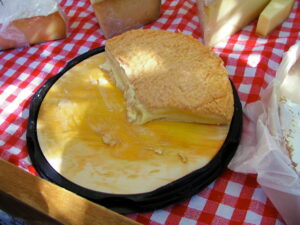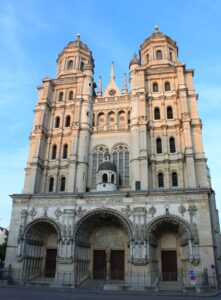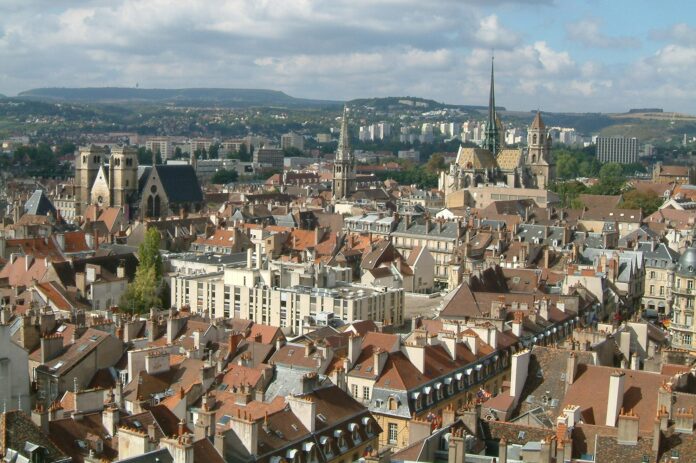Dijon, the capital of France's Burgundy region in the east, boasts a wealth of history and is famed for its gastronomic legacy. With its well-preserved medieval and Renaissance architecture, world-famous mustard, and exceptional wines, Dijon offers a blend of culture and gastronomy, making it a charming destination.
Culture
Dijon's culture is closely linked with its history and culinary heritage. The city's historical center, art collections, and local festivals are among the cultural highlights.
- Ducal Palace: This historical building was the residence of the Dukes of Burgundy and is now home to the city hall and the Musée des Beaux-Arts.
- Notre-Dame of Dijon: A 13th-century Gothic church known for its ornate gargoyles and the statue of Notre-Dame de Bon-Espoir.
- Fête de la Vigne: A traditional festival celebrating the wine harvest, held in November, featuring parades, tastings, and traditional Burgundian food.
Food
Dijon's gastronomy is world-renowned. From its famous mustard to the wines of Burgundy, the local cuisine is an essential aspect of the Dijon experience.
- Dijon Mustard: No visit to Dijon is complete without trying its famous mustard. Visit the Maille boutique for a tasting.
- Bœuf Bourguignon: A traditional Burgundian dish made with beef slow-cooked in red wine.
- Epoisses Cheese: A pungent cheese produced in the Burgundy region.
- Wine Tasting: Visit the local vineyards or wine cellars for wine tasting.

Top Places:
- Musée des Beaux-Arts: One of the oldest museums in France, it holds an extensive collection of art ranging from Egyptian antiquities to 20th-century paintings.
- Jardin Darcy: A beautiful park perfect for a leisurely walk or a relaxing afternoon.
- Owl's Trail: Follow the brass owl plaques embedded in the sidewalks through a self-guided walking tour of Dijon's historic center.
- Les Halles Market: Designed by Gustave Eiffel, this is the perfect place to explore local produce and delicacies.
- Church of Saint-Michel: A stunning blend of Gothic and Renaissance architecture.

Travel Tips:
- Dijon City Pass: Invest in a city pass for free or discounted entry to various attractions and public transportation.
- Walk or Bike: The historic center is best explored on foot or by renting a bike.
- Local Vineyard Tours: Consider booking a guided tour of the nearby vineyards for an authentic Burgundian experience.
Interesting Facts:
- Dijon mustard originated in the city in the 1850s when Jean Naigeon substituted verjuice for vinegar in the traditional mustard recipe.
- The owl carved on the side of Notre Dame is considered a good luck charm, and it's traditional to touch it with your left hand while making a wish.
- Dijon was a significant center of art, learning, and science in the 15th century under the Dukes of Burgundy.
- The roofs of many old buildings in Dijon are made of colorful glazed tiles arranged in geometric patterns.
Dijon is a city that exudes charm and elegance. The rich cultural heritage and celebrated culinary traditions make it a must-visit destination in France. Whether wandering through the historical center, sampling the local cuisine, or immersing yourself in the arts, Dijon offers a diverse and enriching experience. Remember to take a jar of Dijon mustard home as a savory reminder of your journey through the heart of Burgundy.















